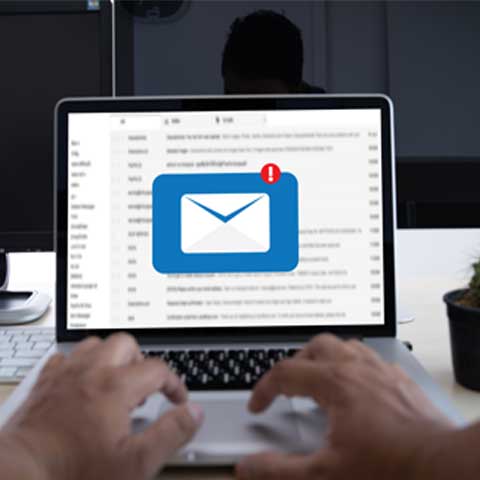Email management best practice
For people that use email incorrectly or inefficiently, salvation comes in the form of email management best practice that – when applied – can improve job effectiveness, safeguard personal well-being and contribute to a far more positive customer experience.
In this post, we focus on those aspects of email management best practices that maximize productivity, enable individuals and organizations to succeed amidst rising demands, and do so profitably.
Best practices for email productivity
All the ways of managing email to boost productivity boil down into 4 major groups. Each of these should be thought of as a fundamental pillar of best practice. Used together they ensure that email productivity can be maximized. They are:

- Reduce drag
- Close gaps
- Promote team-wide practices
- Measure performance
Reducing drag in your email inbox
The first pillar is just general good practice. It’s about cutting waste and jettisoning things from your email inbox you don’t need. For example:
- Unsubscribing from unnecessary mailing lists
- Exercising more care in what email lists you subscribe to in the first place
- Having a 3-strike rule for email newsletters and promos (if you haven’t read the last 3, unsubscribe from it straight away)
- Changing notification settings to reduce incoming email traffic
- Deleting redundant email groups and auto forwards
- Archiving old emails regularly
Closing gaps in email processes
Next up is identifying some of the workflows around email management that can be speeded up or removed. You’re really winning if you can convert opportunities to accelerate processes or parts of processes, no matter how small. For example:

- Recycling reply content (effectively storing up a set of ‘default’ replies and phrases) to make email correspondence faster
- Using email acronyms (e.g. FWIW, FYI, NRN, etc.) rather than typing out full words, especially for internal emails
- Learning the keyboard shortcuts for your email platform, shaving valuable seconds off the time it takes to perform actions
- Being faster, bolder, and more decisive with deleting emails
- Applying the Pareto principle (the 80/20 rule) and spending 20% of your time on the important emails that will generate 80% of the results
- Using ‘flags’ or marking certain emails as unread in order to create a to-do list without writing one out
- Not reading every single email in a thread (unless you really need to)
- Not feeling you have to reply to every email you receive
Promoting good email inbox hygiene among your team
The third pillar gets a little more sophisticated and wide-ranging. These are more concerted and structured approaches to managing email that you can apply yourself and – for maximum productivity – among your team. Habits that, if everyone adopted them, would add up to significant gains. They include, for example:
- Discouraging poor email management in others, such as blanket-wide copying other people into messages “just in case”
- Setting fixed times for looking at email (and not looking at email at all other times)
- Having alternative email addresses for different workstreams
- Utilizing shared inboxes
- Applying a basic filing system that routes different emails to different folders and help mark/tag specific messages for follow up or prioritization
- Knowing what phishing emails look like, thereby reducing risk of cyber threat-related disruption to the organization
- Reporting junk mail, thereby reducing the instances of spam
- Managing email signatures centrally
Measuring and managing email productivity performance
The final pillar relates to the benchmarks and standards that are going to drive productivity and help you evaluate the success of your efforts – getting you equipped to demonstrate productivity gains and pinpoint further improvements. These may include the following examples:

















